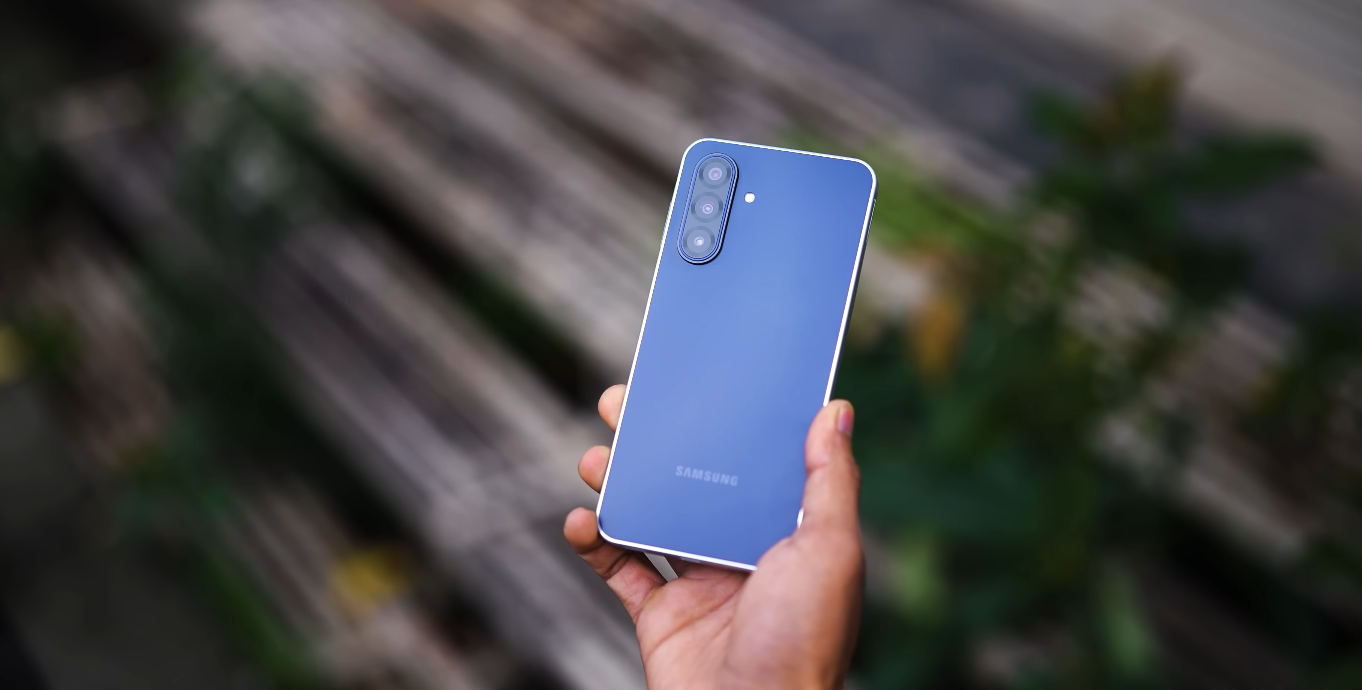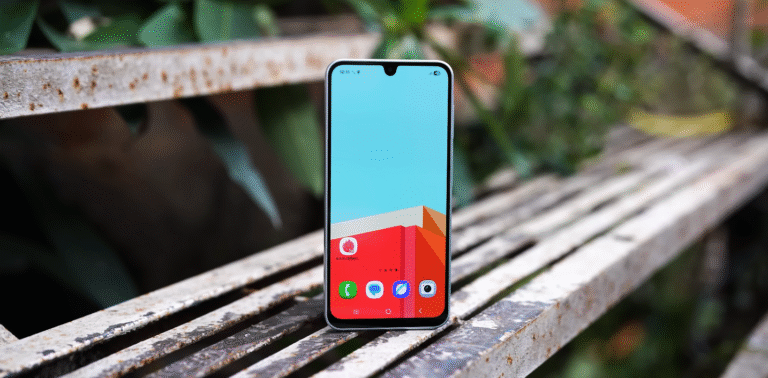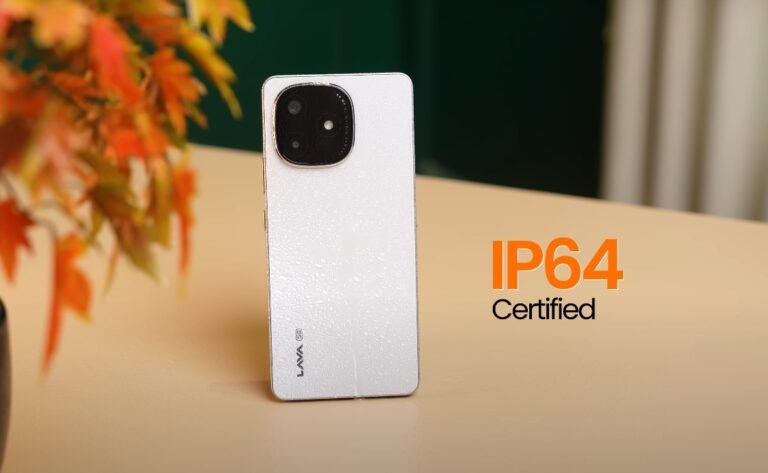Galaxy M17 5G software bloatware check: clean experience or not?

Evaluating how clean Samsung’s software feels in everyday usage
Samsung’s Galaxy M17 5G runs One UI 7 on top of Android 15, and one of the most common questions from UK mid-range buyers in 2025 is whether this device comes with too much unnecessary pre-installed software. Bloatware is still a real complaint in the Android ecosystem, especially in cheaper phones. Many users in Britain are now more alert about this than ever, because storage space, battery behaviour and general UI smoothness are directly affected by how clean or cluttered the software package is from day one. So it genuinely matters whether this phone feels light or bloated.
The Galaxy M17 5G does not ship with an aggressively stripped down system, but it also does not behave like the older budget Android devices that forced dozens of unwanted apps onto users. Samsung has clearly tried to balance feature density with practical usability. The interface includes its standard first-party app suite, and there are several Samsung ecosystem tools installed by default, but this is more a sign of brand integration rather than random junk. Most UK buyers who have used Samsung before will instantly recognise the layout and feel comfortable navigating from the first boot.
There are certain additional apps that appear pre-installed which some people may choose not to use regularly. However, most of these can be disabled or uninstalled without any trouble, and this is a crucial factor when judging the bloat situation. The difference between modern Samsung and older aggressive entry-level Android phones is that the user now has genuine control to remove parts of the surface software they do not want, instead of being forced to keep them indefinitely. That freedom helps the phone feel more personalised and reduces clutter.

Background behaviour is also important when measuring perceived bloat, because a phone can feel clean visually but still run loads of silent tasks. On the Galaxy M17 5G, background behaviour is noticeably calmer than many cheaper rivals. Battery graphs show predictable usage patterns, and the system does not aggressively push notifications from unknown apps or modules that users never asked for. This helps maintain a more stable long-term experience, which is vital for mid-range ownership where people expect to keep the device for multiple years rather than one cycle.
One UI 7 itself introduces new intelligent layers and AI-assisted tools, and those features may appear like extra software to users who prefer minimalism, but they are not bloat in the classic sense. These parts of the system add genuine function rather than advertisement-style clutter. UK users who rely on cleaner navigation will likely appreciate that these features are system integrated rather than forced through separate unwanted app packages. Nothing feels like a third-party promotional embed.
Performance implications of bloat are also minimal on this model. App switching remains smooth, animations run predictably and the storage footprint on first boot leaves enough room for personal apps, photos and streaming downloads. This is a sign that the phone is tuned to deliver a consistent everyday experience rather than push marketing partnerships through software injection. In the overall landscape, the Galaxy M17 5G sits closer to a balanced mid-range approach rather than a messy budget-tier arrangement.
There is still a visible difference between Samsung and the most minimal stock Android phones on the market, so buyers who want a completely bare framework may still prefer devices that lean closer to pure Android. But within its own category, Samsung is clearly leaning towards a cleaner, more respectful configuration that does not overwhelm the user. There is no aggressive notification spam on first setup, and no immediate sign of hard-to-remove junk modules that many low-tier imports still carry.
Long-term usage is where the reduced bloat advantage becomes more obvious. Over time, phones packed with junk apps tend to feel slower and more chaotic, while cleaner setups maintain consistent operation without needing repeated resets to clear clutter. The Galaxy M17 5G’s software profile shows it has the potential to hold its shape across months of usage without dramatically degrading UI comfort.
For UK buyers looking at this model with practicality in mind, the conclusion is straightforward. The Galaxy M17 5G does not deliver a perfectly minimal system, but the software environment is reasonably clean, stable and manageable. Users have the freedom to remove what they do not need, and Samsung avoids the worst habits of historical Android bloat. This phone lands in the category of balanced everyday usability rather than distraction-heavy clutter, and that makes it a safe, comfortable choice for users who prioritise stress-free software behaviour.






